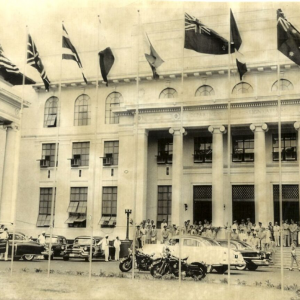Welcome to the Supreme Court of the Philippines
READ: Infographics on Bar Bulletin No. 2-2023 Re: Application Requirements for the 2023 Bar Examinations https://sc.judiciary.gov.ph/files/bar-2023/BB2-2023-INFO.jpg… #WeCanDoIt #HernanDoIt #Bar2023
Contact Info
For queries and comments,
please email us at:
pio.sc@judiciary.gov.ph
chiefjusticehelpdesk@
judiciary.gov.ph
Or call us at:
Contact Info
For queries and comments,
please email us at:
pio.sc@judiciary.gov.ph
chiefjusticehelpdesk@
judiciary.gov.ph
Or call us at:
Contact Info
For queries and comments,
please email us at:
pio.sc@judiciary.gov.ph
chiefjusticehelpdesk@
judiciary.gov.ph
Or call us at:
© 2024 The Supreme Court of the Philippines. All rights reserved.
© 2023 The Supreme Court of the Philippines.
All rights reserved.
All rights reserved.
© 2024 The Supreme Court of the Philippines. All rights reserved.












